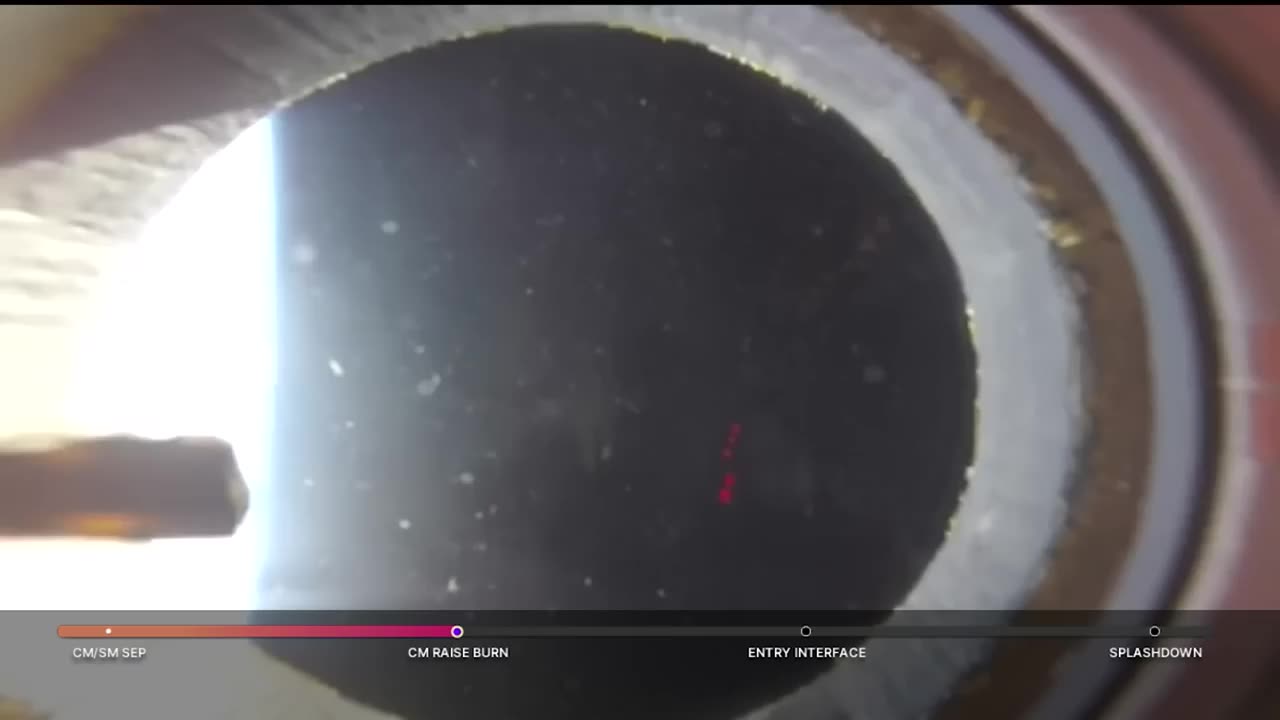Premium Only Content

ARTEMIS Project - Artemis I mission from launch to splashdown
From launch to splashdown, NASA’s Orion spacecraft completed its first deep-space mission with a splashdown in the Pacific Ocean, west of Baja California, at 9:40 a.m. PST (12:40 p.m. EST) Sunday. The record-breaking Artemis mission traveled more than 1.4 million miles on a path around the Moon and returned safely to Earth. Splashdown was the final milestone of the Artemis I mission, which began with a successful liftoff of NASA’s Space Launch System (SLS) rocket Nov. 16, from Launch Pad 39B at NASA’s Kennedy Space Center in Florida. Over the course of 25.5 days, NASA tested Orion in the harsh environment of deep space before flying astronauts on Artemis II. During the mission, Orion performed two lunar flybys, coming within 80 miles of the lunar surface. At its farthest distance during the mission, Orion traveled nearly 270,000 miles from our home planet, more than 1,000 times farther than where the International Space Station orbits Earth, to intentionally stress systems before flying crew. Prior to entering the Earth’s atmosphere, the crew module separated from its service module, which is the spacecraft’s propulsive powerhouse provided by ESA (European Space Agency). During re-entry, Orion endured temperatures of about 5,000 degrees Fahrenheit, half as hot as the surface of the Sun. Within about 20 minutes, Orion slowed from nearly 25,000 mph to about 20 mph for its parachute-assisted splashdown. During the flight test, Orion stayed in space longer than any spacecraft designed for astronauts without docking to a space station. While in a distant lunar orbit, Orion surpassed the record for distance traveled by a spacecraft designed to carry humans, previously set during Apollo 13.
-
 1:02:58
1:02:58
Coin Stories with Natalie Brunell
17 hours agoBitcoin’s ‘Silent IPO’ Moment & The Coming AI Shockwave with Jordi Visser
20.5K3 -
 21:06
21:06
Nikko Ortiz
14 hours agoBodycam's Zombie Update Is Crazy...
16.2K3 -
 42:52
42:52
Code Blue Cam
1 day agoDrunk Teacher's First and Last Day at Elementary School
16K7 -
 17:11
17:11
MetatronHistory
1 day agoMedieval Christianity in the Historical Context of Power
19.7K6 -
 4:25
4:25
Paul Joseph Watson
1 day agoHe Let Slip More Than Intended
18.8K40 -
 1:34:32
1:34:32
MattMorseTV
1 day ago $39.07 earned🔴Trump's MASSIVE UPDATE.🔴
76.2K97 -
 2:16:21
2:16:21
Side Scrollers Podcast
20 hours agoTwitch has a SERIOUS Problem + Leaflit’s VIRAL Interview + More | Side Scrollers
52.9K16 -
 21:55
21:55
GritsGG
15 hours agoMega Win Streak On Warzone! Over 4100 Wins on BO6 WZ!
9.33K1 -
 20:22
20:22
The Pascal Show
1 day ago $3.41 earnedARE THEY IGNORING HER?! Is The White House & FBI Ignoring Candace Owens' A**assination Claims?!
40K19 -
 1:00:45
1:00:45
TruthStream with Joe and Scott
1 day agoMondays with Matt Geiger from Verity Metals: Gold, Silver, The Housing Market and more. Live 12/1 6pm pacific #519
19.4K1